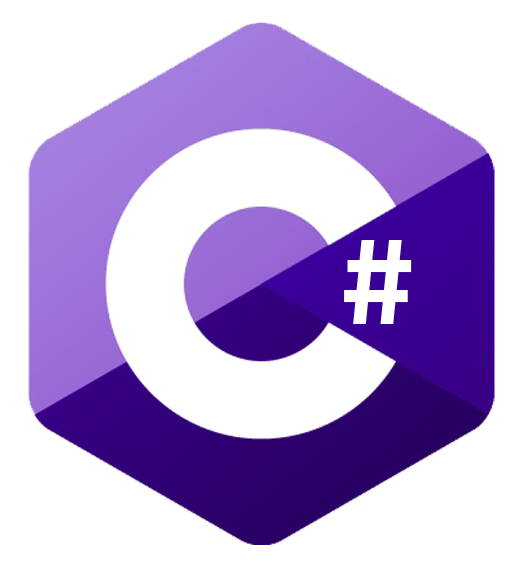Introduction
Entity Framework Core (EF Core) is a popular Object-Relational Mapping (ORM) framework that simplifies database access in .NET applications. When it comes to configuring entities and defining database mappings, EF Core provides two primary approaches: Fluent API and Data Annotations. In this article, we will explore the differences between these two approaches, their advantages, disadvantages, and use cases. By the end, readers will have a comprehensive understanding of which approach suits their needs best.
1. Fluent API
The Entity Framework Core Fluent API offers a programmatic and fluent way to configure entities and their relationships. It provides a set of methods and configurations that allow developers to define complex mappings and behaviors. Let’s examine the advantages of using the Fluent API:
Flexibility and Extensibility
The Fluent API provides extensive control over the configuration of entities, relationships, and database mappings. It allows developers to express complex scenarios that are not easily achievable with Data Annotations alone. The Fluent API supports advanced features such as configuring inheritance, specifying table names, defining composite keys, and handling many-to-many relationships.
Example
protected override void OnModelCreating(ModelBuilder modelBuilder)
{
modelBuilder.Entity<Customer>()
.HasMany(c => c.Orders)
.WithOne(o => o.Customer)
.HasForeignKey(o => o.CustomerId);
// Other entity configurations...
}
Separation of Concerns:
Using the Fluent API keeps the entity classes clean and focused solely on representing the data. By separating the configuration logic, the entity classes remain free from clutter, leading to improved readability and maintainability.
Testability and Maintainability
The Fluent API allows for testability by encapsulating the configuration logic in separate classes or methods. This enables developers to write unit tests specifically for the configuration code. Moreover, it facilitates the maintenance of the configuration by providing a single central location for managing all entity mappings.
3. Data Annotations
Data Annotations are attributes applied directly to the entity classes or their properties to define various aspects of the database mappings. While less flexible than the Fluent API, Data Annotations offer simplicity and ease of use. Let’s explore the advantages of Data Annotations:
Lightweight and Concise
Data Annotations require fewer lines of code compared to the Fluent API. They provide a straightforward way to define common mapping scenarios, such as specifying key properties, setting column names, defining data types, and enforcing constraints.
Example
public class Product
{
[Key]
public int Id { get; set; }
[Required]
[StringLength(100)]
public string Name { get; set; }
// Other property annotations...
}
Quick and Easy Setup
Data Annotations are convenient for small to medium-sized projects or scenarios where a quick setup is desirable. They eliminate the need for separate configuration classes and simplify the entity model by placing all the mapping information directly within the entity class.
Integration with other Frameworks
Data Annotations seamlessly integrate with other .NET frameworks, such as ASP.NET MVC and ASP.NET Core. These frameworks utilize Data Annotations for validation, generating user interfaces, and performing model binding, making it easier to achieve consistency across various layers of an application.
Conclusion
Both the Entity Framework Core Fluent API and Data Annotations have their strengths and best use cases. The Fluent API offers greater flexibility, extensibility, and control over complex mapping scenarios. It is well-suited for large projects or situations that require advanced mapping configurations. On the other hand, Data Annotations provide a simpler and concise approach for quick setups and smaller projects where straightforward mappings are sufficient.
Developers should consider the complexity and scale of their project, the need for customization

